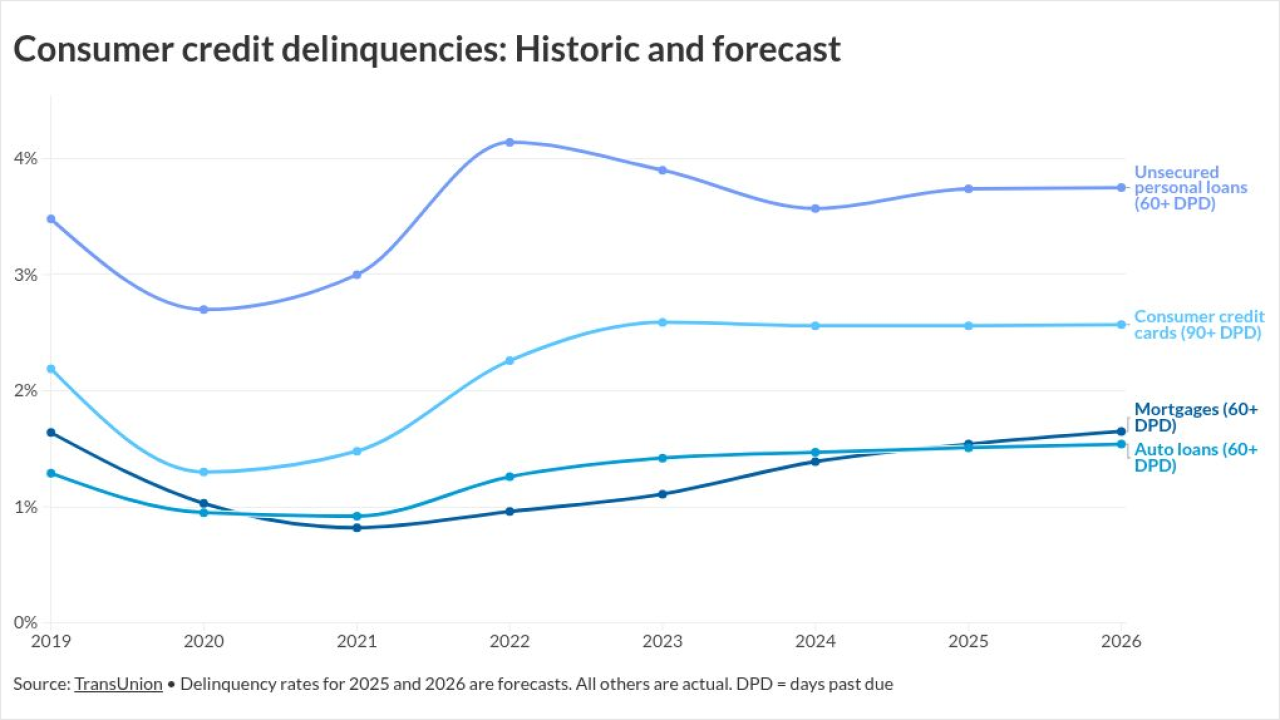Contracts to purchase previously owned homes rebounded more than forecast in February as sales picked up in most of the U.S., a good sign as the spring-selling season approaches.
The pending home sales index climbed 3.5%, the biggest gain in a year, after
Americans, emboldened by better employment prospects and fewer firings, are finding it easier to buy a home, aided further by borrowing costs that remain near historical lows. Improving demand may encourage current owners to put their properties on the market, which would help expand inventories and provide an additional lift to the industry.
"The key for sustained momentum and more sales than last spring is a continuous stream of new listings quickly replacing what’s being scooped up by a growing pool of buyers," NAR chief economist Lawrence Yun said in a statement. "Without adequate supply, sales will likely plateau."
Estimates in the Bloomberg survey of 29 economists ranged from a decline of 2.6% to an advance of 2.5%. The Realtors' group revised the January data from an initially reported 2.5% slump.
Three of four regions showed an increase in contract signings from a month earlier, led by an 11.4% jump in the Midwest. Contract signings also climbed 2.1% in the South and 0.7% in the West. They dropped 0.2% in the Northeast.
Purchases rose 5.1% in February from the previous year on an unadjusted basis, after a 1.5% decrease in the 12 months that ended in January, the Realtors' group reported.
The pending home sales index was 109.1 on a seasonally adjusted basis, the strongest since July. A reading of 100 corresponds with the average level of contract activity in 2001, or "historically healthy" home-buying traffic, according to the NAR.
Economists consider pending sales a leading indicator because they track when purchase contracts are signed. Existing-home sales are tabulated when a contract closes, usually a month or two later.
Figures released by NAR last week sales of those homes dropped more than forecast in February, falling 7.1% to a three-month low 5.08 million annual rate. Yun said then that the slump may be a sign prospective buyers are beginning to show resistance to higher prices, and that fewer renters were interested in buying, citing affordability issues.
Also bridling housing's progress is the tight inventory of available homes, which is reducing both selection and pushing prices out of reach for some would-be buyers. Builders have also cited difficulties in finding viable lots and construction workers as the recovery progresses.
Still, many economists remain positive on housing, with construction still trailing what’s needed to keep up with population growth. At the same time, household formation is showing signs of improvement as the labor market gives Americans the confidence and the means for younger people to strike out on their own.





